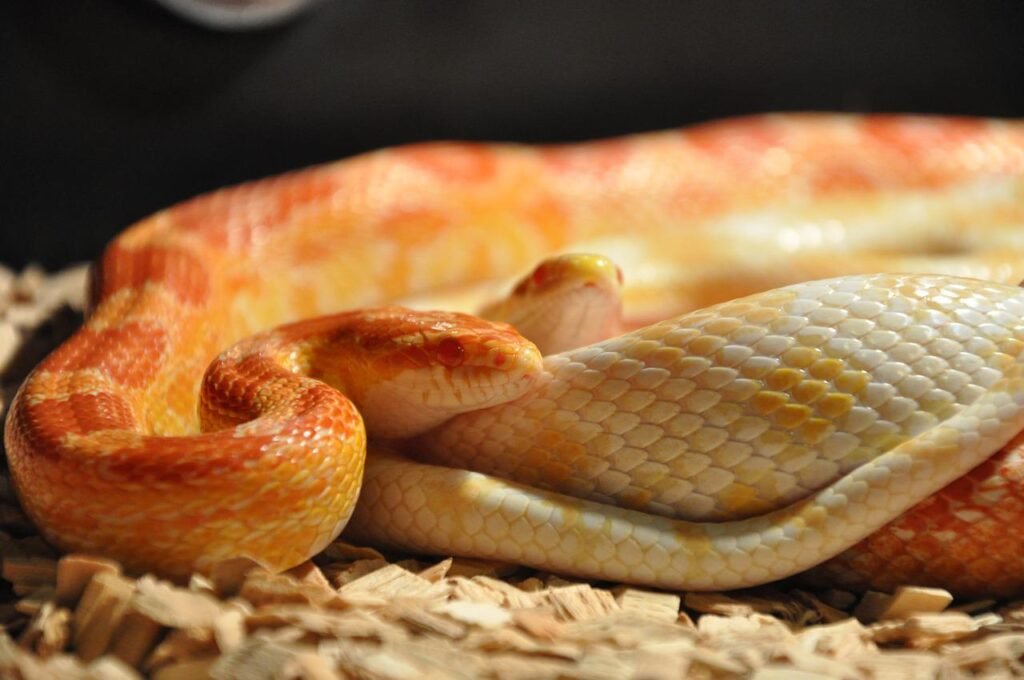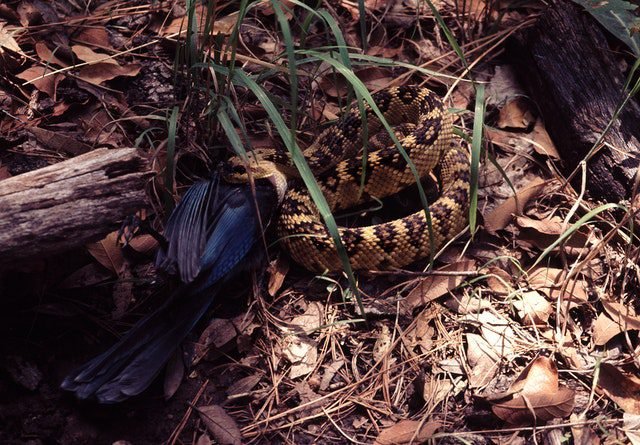Are you considering a pet snake?
Snakes are sometimes regarded as slithery, stealthy, and secretive, but despite these traits, they are one of the nicest and most charming creatures on the planet, making them one of the best pets you could possibly have. A snake can live for up to 20 years, they are one of the cleanest, most quiet and easiest to keep pets to care for and their diets are fairly easy, they typically just eat mice, rats, and quail.

A tank/terrarium with an average size of 95x50x60cm is ideal for them and your Pet Shop will most likely only sell you a snake that will not grow longer than 1 metre, allowing them to fit comfortably into the usual size tank. I doubt you’d want to keep one as a pet if it was going to grow much bigger than that.
In Australia, the Children’s python, Spotted python, and Stimson’s python are very popular snakes to bring home. The Stimson’s pythons are of the prettiest snakes around, rarely growing more than 1 metre and coated in bright red blemishes. Your snake will adore their new home as long as you provide proper nutrition, a temperature and light controlled habitat, as well as something for them to wrap around and hide in.
Even if you do everything right and manage the temperature and light in their terrarium, your snake may still undergo a sort of hibernation known as brumation when the cooler months arrive. If they do go into brumation, they will normally lie dormant for weeks, but in certain circumstances they can stay dormant for up to 6 or 8 months. It’s merely a natural process that could occur; indicators include your snake becoming less active, sleeping more, and consuming less food.
You will likely need to get a “Companion Animal Keeper Licence” from your local government in order to keep a snake in your home, it depends on your country/state. To get your hands onto all the appropriate information, visit their website; there will most likely be some type of “Code of Practice” for you to follow for the Private Keeping of Reptiles, which will keep you up to date on current legislation and rules. Apply for a licence online once you’ve satisfied all of the requirements.

Think about the size of your snake when it has fully grown while selecting a terrarium. A pleasant choice for a base is bark mulch, dry leaves, folded corrugated cardboard, sand, or newspaper. Give your snake access to branches, pebbles, and logs as well. Pythons, unlike the majority of reptiles, may not always benefit from UVB lights to aid in nutritional synthesis, particularly if their habitat is situated in an area with natural sunlight and little to no shade. Some breeds frequently enjoy year-round sunbathing. Find out if your pet needs additional lighting in their habitat by contacting your neighbourhood pet store.
To keep the temperature between 32 and 35 °C, use a heat map or ceramic heat emitter. To allow your snake to cool off if they so choose, heat up one-third of the enclosure. You can get guidance from your neighbourhood pet store on the best heating alternatives and how to set up a thermostat. Use household bleach diluted 1:10 with water to disinfect your terrarium at least once a week. Rinse carefully afterwards and spot-clean as required. Hands should always be washed both before and after handling.
Snakes only eat meat since they are carnivores. A diversified diet of mice and birds will be delicious to your snake. For frozen mice and quails for your pet, visit your neighbourhood pet store. Snakes have a slow metabolism and don’t require much to survive, so don’t be concerned if yours is leaving food alone. In reality, snakes have been observed leaving food out for extended periods of time, especially when brumating. The likelihood of illness or disease is low as long as your pet has a clean environment, access to fresh water, and a healthy meal that contains all the essential vitamins and nutrients. Despite this, it’s still crucial to be aware of the symptoms of illness in your snake and a yearly trip to the Vet is standard.
Due to their unusual living circumstances, household pythons are prone to stress. A stressed snake will exhibit signs such as lethargy, jerky movements, and hunger loss. Maintaining a snake’s habitat as naturally as you can, with hiding places and the proper amounts of heat and light, will help reduce stress and illness risk. Many different diseases can affect snakes. For indications of a swollen jaw, discoloured areas, blisters, burns, or abscesses, as well as hazy or swollen eyes, examine your snake. Do not hesitate to contact your neighbourhood veterinarian to get your pet the care they require if you detect any signs or substantial changes in your snake.
Stress can cause snakes to develop odd habits. When snakes first enter their habitat, one unusual behaviour is to coil up in the water bowl and stand still. It’s okay to leave your snake alone for a week, but after that, remove it from the water bowl so it has to get used to its new surroundings. Some snakes, especially those under stress, might have sensitive stomachs. After they had a substantial meal, leave them be for at least five days. After eating, they could become irritable or vomit if treated right away.
In terms of a starter kit, you’ll need a Terrarium, substrate, Heat map or lamp, thermostat, UVB light, water dish, some branches, rocks & pebbles, a hide-out, a fabric bag or ventilated container for travel, and some frozen animals (mice, rats, and quails).



[…] DO MANY PEOPLE HAVE PET SNAKES? […]